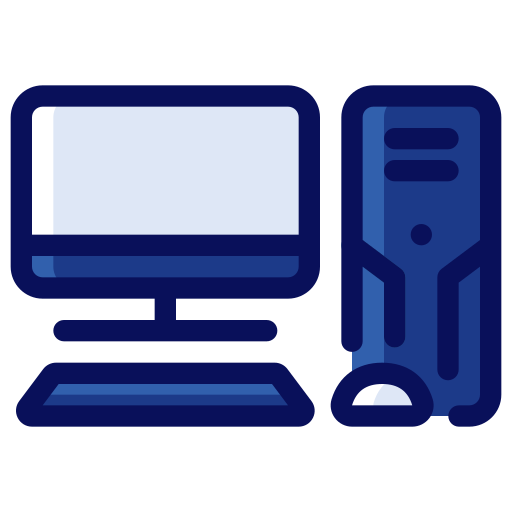Okay, but I did just find this game, and it’s a free game that I’m pretty sure already hit mega-popularity back a year ago, so I don’t know what advantage astroturfing on the tiny threadiverse would serve. I’ve just been having fun with it today and wanted to post about it somewhere.
CoyoteFacts
Did you know most coyotes are illiterate?
- 0 Posts
- 5 Comments

 9·8 天前
9·8 天前I’ve been using this a lot lately, and it’s been great after a bit of a learning curve. It even incorporates some of the functionality from the addons and userscripts that I needed for YouTube, like getting rid of clickbait titles/thumbnails and blocking specific channels. Since you never really have a tracking profile when using YouTube this way, it’s very obvious when YouTube is trying to shoe-horn in political channels and clickbait, and you can just continually keep blocking those channels in the recommended section until you get all of them. I’m still missing a way to boost the volume on certain videos that are too quiet for me, though. I use LibRedirect to auto-open YouTube links in FreeTube. FreeTube has occasionally broken because of YouTube API updates, which requires them to figure out the problem and push a new FreeTube release (which could take a day or more), but other than that I’m fairly happy with it.
It’s important to use services with a workflow that works for you; not every popular service is going to be a good fit for everyone. Find your balance between exhaustive categorization and meaningless pile of data, and make sure you’re getting more out than you’re putting in. If you do decide that an extensive amount of effort is worth it, make sure that the service in question is able to export your data in a data-rich format so that you won’t have to do it all again if you decide to move to a different tool.

 20·21 天前
20·21 天前By default, Wine/Proton has access to your full Linux filesystem under the virtual
Z:/drive from within the Wine environment, so any dedicated adversary could include your Linux stuff into its data collection. The odds of this already occurring are probably low-ish. You can use bubblewrap raw to start sandboxing resources (e.g. blocking network access or masking directories), or there’s a project called sandwine which presumably auto-configures the important stuff through bubblewrap (though I’ve never gotten around to trying it). Wine itself can also be configured to drop theZ:/drive through itswinecfgtool.Without a dedicated configuration, I’m not sure Wine has any real priority or guarantee about sandboxing your original system from Windows executables, which is also why it’s important to remember that Windows malware can still do damage when running on a Linux system. The malware doesn’t really even have to be aware that it’s running in Wine if it just tries to encrypt any files it can reach.


I’m used to LanguageTool, and at a glance it seems like Harper covers way fewer rules than LanguageTool does. Not sure if this is actually noticeable in practice, but I run my own LanguageTool server and am not too picky about the performance, so I’m not in a rush to move until someone figures out a good way to compare them. LanguageTool’s rules are all open source at least, so it’s only a matter of time before Harper gets anything it might be missing.